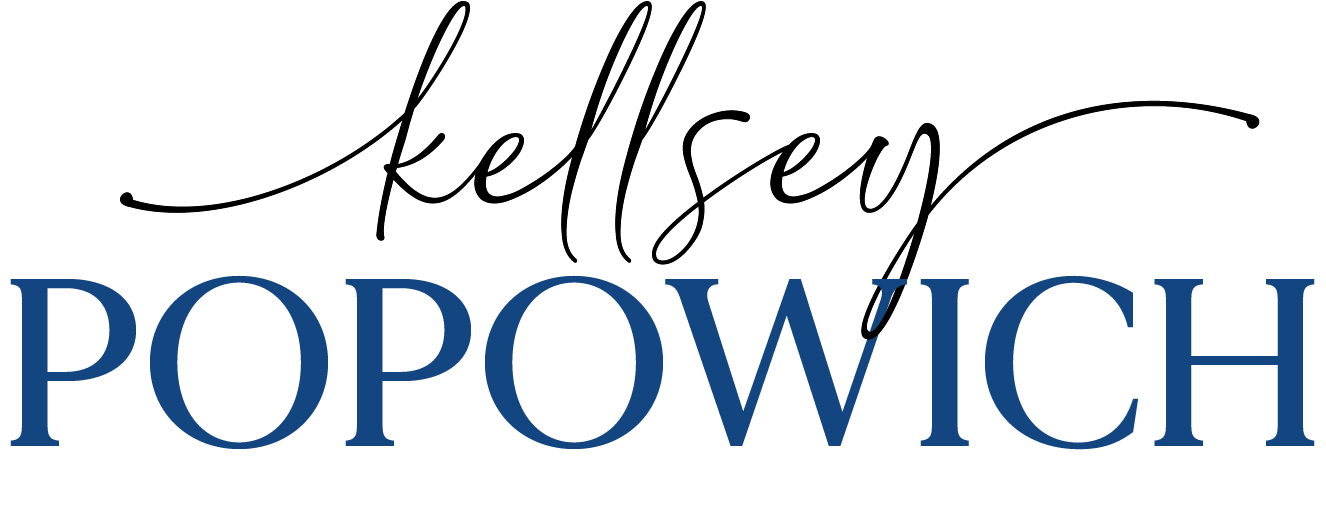The Future of Social Media Advertising: Trends to Watch Out For.

Social media has become the cornerstone of brand outreach today. As platforms evolve and user behaviors shift, the future of social media advertising will undergo significant changes.
In this article, we’ll explore the key trends shaping the future of social media advertising. From the rise of short-form videos to the seamless integration of shopping features, you’ll gain insights into essential strategies for brand success.
We’ll also discuss how AI will personalize ads, the increasing importance of influencers, and the necessity of building genuine social communities. You’ll learn about the impact of long-form videos and innovative technologies like virtual reality on social media advertising.
Whether you’re a seasoned social media marketer or a newcomer, this guide will equip you with the knowledge and ideas needed to stay ahead in the fast-paced world of social media advertising. Get ready to be inspired and empowered as we unveil what’s next for the future of social media advertising!
1. Short-Form Video Dominance
Short-form videos are incredibly engaging, with platforms like TikTok and Instagram Reels leading the way. Expect more bite-sized, visually appealing content designed to quickly capture user attention.
Example: Aldi’s humorous ad playfully targeting a competitor, featuring eye-catching graphics and a witty tone.

2. Social Commerce Expansion
Social commerce is becoming mainstream. Platforms like TikTok and Instagram are incorporating shopping features, making it easier for users to discover and purchase products directly within the app.
Example: Apple Music’s vibrant ad showcasing their extensive song library, enticing users to explore more through seamless in-app navigation.

3. AI-Powered Advertising
Artificial Intelligence (AI) is revolutionizing social media advertising. AI tools create personalized content, optimize ad targeting, and even generate content automatically, enhancing campaign effectiveness.
Example: Geico’s “skippable” pre-roll ads on YouTube use humor to engage viewers, making the ad experience more enjoyable.

4. Influencer Marketing Shift
Micro-influencers are gaining popularity due to their relatability and niche expertise, proving more valuable than celebrities for product promotion.
Example: GoPro’s “Million Dollar Challenge,” which turned customers into brand ambassadors by showcasing their adventurous experiences, fostering community engagement.

5. Community Building
Building an active social media community is essential for brands. Engaging with followers, responding to comments, and creating resonant content foster loyalty and trust.
Example: Dove’s “Real Beauty Sketches” campaign, using emotional storytelling and beautiful visuals to promote self-acceptance and connect with millions.

6. Long-Form Video Resurgence
Long-form videos are making a comeback. Platforms like TikTok are experimenting with longer formats, allowing for deeper storytelling and engagement.
Example: Coors Light’s ad featuring a woman running out of beer during the pandemic, turned into a marketing opportunity by delivering a supply of Coors Light.

7. Authentic and Interactive Content
Consumers prefer authentic, interactive content over polished productions. User-generated content that reflects brand values is key.
Example: Dollar Shave Club’s posts focusing on self-care and self-improvement, providing value without direct selling.

8. Narrow-Targeted Ads
Targeted advertising is becoming more precise. Brands use data to tailor ads to specific audience segments, maximizing engagement and conversions.
Example: Spotify’s personalized playlists and targeted ads, enhancing user experience and advertising effectiveness with a catchy slogan “Dance like nobody’s paying.”

9. Social SEO Integration
Social media platforms are becoming search engines. Optimizing content for discoverability is crucial for reaching new audiences and driving engagement.
Example: Peak Labs’ Instagram carousel ad showcasing their brain-training game, encouraging users to swipe through and engage with the brand.

10. Virtual and Augmented Reality
AR and VR technologies are enhancing user experiences, providing immersive advertising and interactive shopping experiences, revolutionizing brand interactions.
Example: Secret’s Instagram video ad promoting their deodorant, featuring a soccer player and engaging users with an in-depth product look.

As we look to the future, one thing is certain: social media will continue to be a powerful force in advertising. By embracing the trends and strategies outlined here, you’ll be well-equipped to navigate the ever-changing landscape and emerge as a leader in your industry.
So, what are you waiting for? Start planning your social media advertising strategy now and elevate your brand to new heights of success!
